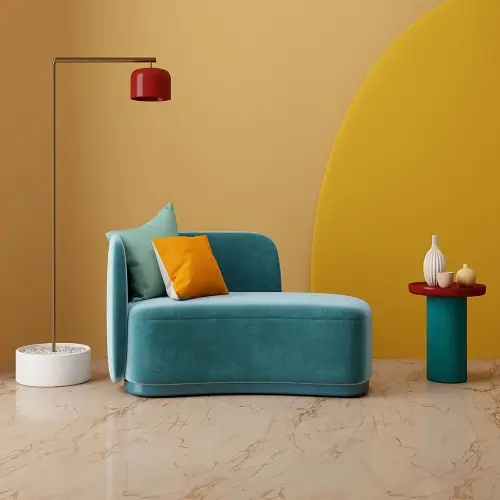Blog

Maximizing Small Spaces: Smart Furniture Solutions for Tiny Homes
In an era where urbanization and minimalism are on the rise, the demand for smart furniture solutions that maximize small spaces has never been higher. Tiny homes, micro-apartments, and compact living spaces present unique challenges and opportunities for interior design. Whether you’re a city dweller looking to optimize every inch of your studio apartment or a tiny home enthusiast seeking functional and versatile furniture, here are some innovative solutions to consider.
Multifunctional Furniture: Form Meets Function
One of the most effective strategies for small spaces is multifunctional furniture. These pieces serve dual purposes, making them essential for optimizing limited square footage. For example, a sofa bed combines seating and sleeping functionalities, perfect for studio apartments where space for a separate bedroom is limited. Similarly, a dining table that doubles as a workspace during the day can be folded down or expanded as needed, catering to different activities throughout the day.
The concept of modular furniture also plays a crucial role in small space design. Modular units can be rearranged or stacked to create various configurations, adapting to changing needs and maximizing flexibility. For instance, modular storage units can serve as room dividers while providing ample space for organizing belongings, thus creating distinct zones within a single room.
Space-Saving Storage Solutions: From Clever Shelving to Hidden Compartments
Effective storage is a cornerstone of small space living. Clever shelving solutions utilize vertical space, making use of walls for storage without occupying valuable floor area. Wall-mounted shelves, floating cabinets, and overhead storage units help keep floors clear and create an illusion of spaciousness.
Additionally, furniture with hidden compartments offers discreet storage solutions. Beds with built-in drawers or ottomans that open to reveal storage space underneath are excellent examples. These hidden compartments are ideal for stashing away items that are used infrequently, reducing clutter and maintaining a streamlined appearance.
Transformative Designs: Furniture That Adapts
Adaptability is key when it comes to furnishing small spaces. Transformative furniture designs that can change shape or function according to the user’s needs are highly sought after. For instance, expandable dining tables that can accommodate extra guests when necessary and fold away neatly afterward are invaluable in compact living environments.
Another innovative trend is convertible furniture, which serves multiple purposes through ingenious design. Examples include coffee tables that convert into dining tables or desks, or wall-mounted desks that fold down when not in use. These pieces are designed to maximize usability without compromising on style or comfort.
Embracing Minimalism: Less is More
In small spaces, adopting a minimalist approach to furniture selection and interior decor is not just a stylistic choice but a practical necessity. Choosing essential pieces that serve multiple functions and opting for sleek, streamlined designs can create an open and airy atmosphere. Avoiding clutter and carefully curating decor items contribute to a sense of tranquility and spaciousness, even in the smallest of living spaces.
Customization and Personalization: Tailoring Furniture to Fit
Customizable furniture offers a solution tailored to the specific dimensions and layout of small spaces. Many furniture manufacturers now offer customizable options, allowing customers to choose the size, configuration, and even upholstery of their furniture pieces. This level of customization ensures that every inch of space is utilized efficiently, while also reflecting the personal style and preferences of the homeowner.



